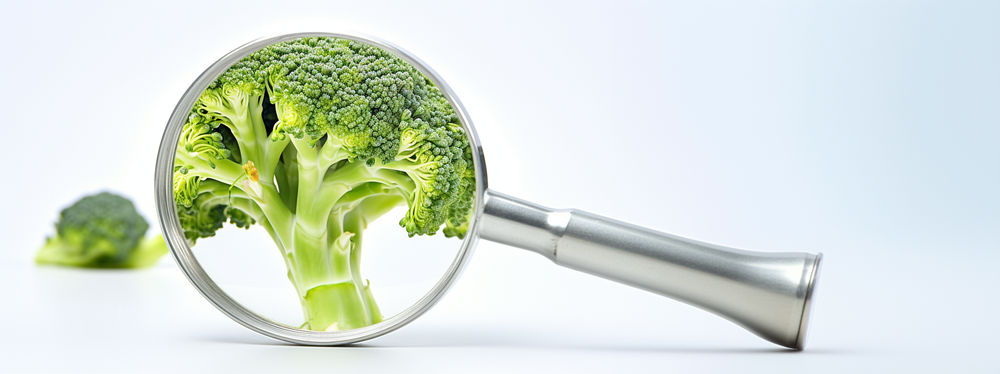Anuga FoodTec 2015: Energy Efficiency in the Food and Beverage Industry
Climate protection and sustainable economic development as the key challenges in food production
Advertisement
food industry companies are increasingly confronted with the challenges of climate protection and sustainable development. More efficiency, less CO2 - is the motto. What savings potential can still be achieved in modern food production? Anuga FoodTec 2015 in Cologne 24-27 March will answer this question. Technologies and methods to reduce energy consumption and carbon dioxide emissions will be shown at the International Supplier Fair for the Food and Beverage Industry.
177 times around the world with a mid-sized car - the carbon dioxide emissions of such a journey corresponds to the annual potential savings that measurement technology vendor Endress + Hauser has estimated for a single mid-sized company in the meat industry. Energy costs only account for an average two percent of revenues in the food industry. But sustainable solutions to reduce energy consumption are essential for producers if they want to survive in the market over the long term. "Energy efficiency plays a key role in this regard," says Prof. Dr. Antonio Delgado from the University of Erlangen-Nuremberg. This scientist sees the food industry in a particular area of conflict because "any measure taken to increase energy efficiency may neither be detrimental to food quality or food safety" - which means nothing else than many of the measures developed in other industries are not suitable.
Synergy Effects in the Heating Cycle
Delgado sees one way to greater energy efficiency in the use of energetic interactions between the production process and infrastructure. First and foremost, large savings potential results from the synergetic effects between heat generation and refrigeration. How creative companies can become in this regard is demonstrated by Maggi in Singen. The plant uses the waste heat from the nearby cupola furnace of a foundry. The energy extracted from the exhaust gas is stored in a thermal oil and pumped through a conduit into Maggi's boiler house 200 metres away. There, a complex system of heat exchangers and steam boilers ensures that pure steam is always available for production. 50,000 megawatt hours, about two-thirds of the steam required, generates heat recovery. The company thereby saves up to 11,000 tonnes of carbon dioxide annually.
The fact that energy demand can be systematically reduced by intelligently combining existing facilities is also held true at Warsteiner. The family brewery invests continuously to increase its efficiency while protecting the environment. The loading hall's ventilation system has recently been upgraded to the latest state of the art technology. The ventilation system ducts were improved, the supply air optimized, the control system retooled, ceiling fans were installed and several small heat recovery systems retrofitted. As a result, these measures not only save valuable heating energy and improve air quality in the loading hall. But CO2 emissions are also lowered by 1,100 tons per year as a result.
Small Cause, Big Effect
As they take life cycle costs into account, those food manufacturers who are riding the "green technology wave" are taking a precise look at what they can save where and how. It is often the little components that, in total, have a major impact on efficiency. As in the case of sparkling wine producer Rotkäppchen. Many sophisticated unique solutions used in production in Freyburg contribute to the efficiency of sparkling wine bottling: dynamic handling units for sealing the bottles, sturdy table top chains for bottle transport and efficient motors for the conveyor technology. 50 mechatronic drive units from SEW Euro Drive were installed in the bottling line. They already meet Class IE4 energy efficiency requirements and save up to 50 percent energy compared to conventional drives. The corresponding frequency inverters at Rotkäppchen are housed in a central switch cabinet container. Its waste heat is used in winter to heat a storage area.
Energy Flows at a Glance
Optimisation tweaks are many. Prior to any measure, the question first arises: Where do you start to achieve these kinds of savings? To find out which savings potential lurks where, the actual state must be known. The building blocks for energy optimisation are online-capable measuring devices that continuously record the energy flows for steam, compressed air, heat, cold, electricity, gas, oil and water. A flowmeter optimised for energy circuits is, for example, able to detect leaks in compressed air networks. This lets you detect critical aggregates or process steps and permanently maintain peak demand within tight tolerances. Energy efficiency as an integral part of the automation - another way to tap savings potential. This proves once again: the greatest potential to conserve resources and reduce costs is the efficient use of the energy already available.
At Anuga FoodTec, interested parties can find a large bandwidth of proposed solutions for better use of energy.
Event information:
24 March 2015 - 13:00 a.m. - 16:00 p.m. - Conference on Resource Efficiency (Congress Centre North, Rheinsaal)
Other news from the department business & finance
Most read news
More news from our other portals
See the theme worlds for related content
Topic world Food safety
Food safety is at the heart of the food and beverage industry. It ensures that the food we eat every day is not only nutritious, but also free of harmful contaminants. From field to plate, the industry monitors and regulates every step of the process with strict quality controls, advanced testing methods and continuous research.

Topic world Food safety
Food safety is at the heart of the food and beverage industry. It ensures that the food we eat every day is not only nutritious, but also free of harmful contaminants. From field to plate, the industry monitors and regulates every step of the process with strict quality controls, advanced testing methods and continuous research.


































































